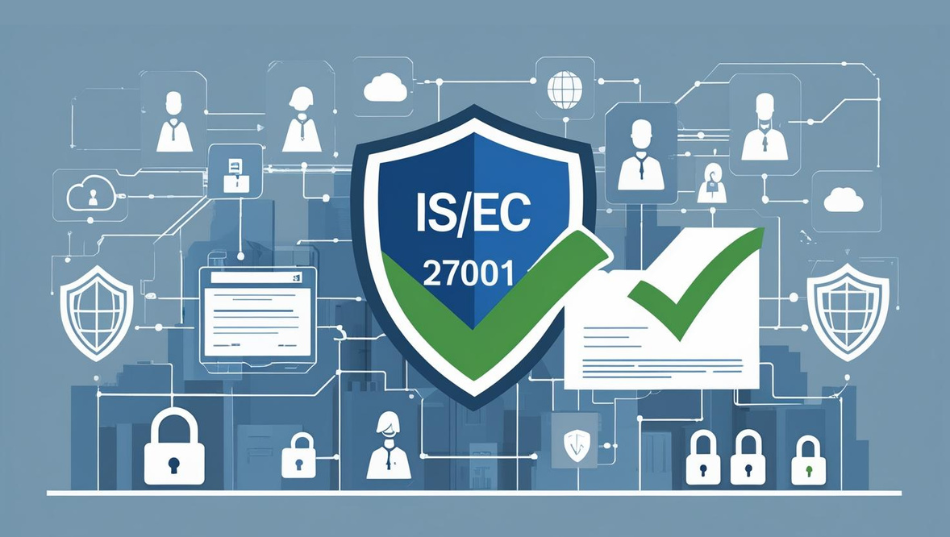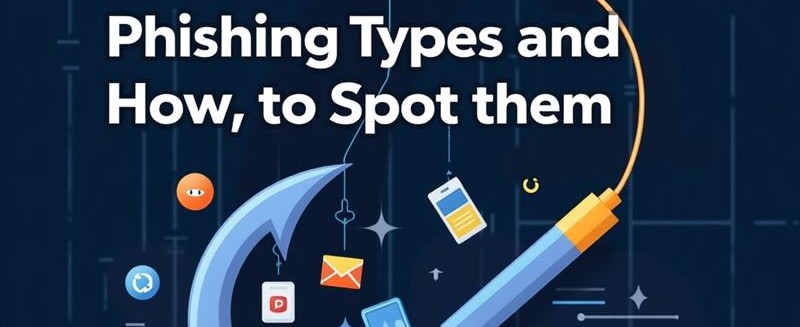How Can a Cyberattack Be Even Worse Than a Kinetic Attack
In the era of booming technology, do you think only weapons can cause destruction? When technology itself can lead to catastrophic consequences. While technology in right hands can bring a huge revolution for the mankind, in wrong hands it can lead to severe loss in the human society “Technology is a curse if it is handled by the lunatics, but it is a boon if it is handled by the wise”

Introduction
In today’s interconnected and digitized global world, the potential consequences of a cyberattack have reached a record-breaking level. While kinetic war involves the use of ammunition, armed forces that cause tangible destruction, Cyberattacks can cause just as much destruction as kinetic wars and sometimes even more than that. These digital attacks have the potential to disrupt economies, compromise national security, and affect our daily lives without using bombs or bullets.
It’s important to understand that cyberattacks can be just as dangerous as physical wars, so we can be better prepared for future conflicts.
The Digital Battlefield: A New Era of Warfare
The battlefield of tomorrow is not defined by borders or terrain, but by the unseen networks of cyberspace.
The wars of today are more complex, more indirect, and often invisible to the public eye. Today’s conflicts are not fought solely on land, air, or the sea; as they are happening more in cyber warfare and information manipulation, leaving nations to fight battles that are harder to identify, contain, or resolve. The digital battlefield brings unique risks and challenges that were hard to predict just a few decades ago.
A rapid increase in Cyber warfare leads to widespread damage. It causes disruption in essential operations, compromises sensitive information, and manipulates public opinion globally. Unlike all traditional warfare, cyberattacks usually happen without warning and leave no physical evidence. The attacker’s anonymity makes it difficult to identify who is responsible or how to respond, which makes the situation even more unpredictable and dangerous.
One of the most critical aspects of cyber warfare is its ability to target important infrastructure. Systems that provide electricity, clean water, transportation, and communication are now deeply connected to digital networks. A successful attack on these systems could lead to catastrophic consequences, prolonged blackouts, disruption of operations, failure of emergency systems, and widespread public confusion and panic among the public.
The Power of Anonymity
One of the most alarming aspects of cyber warfare is the anonymity it provides. In a kinetic war, the aggressor is known, visible, and identifiable. However, in virtual reality, attackers can mask their identities, use proxy servers, and employ trailblazing techniques to cover their tracks, which cannot be combated by weapons but only through highly competent digital ninjas and experts. This makes it challenging for nations to respond effectively, as they may not even know who the enemy is. As Sir Isaac Newton once said,” Tact is the art of making a point without making an enemy”. This is indeed an alarming necessity for countries to not just increase the ammunition in their arsenals but also work on in upskilling their youth for the battle against cyberattacks.
The Scale of Destruction
Cyberattacks can cause a massive scale. How about disrupting your communication networks, hampering your private accounts, or even hijacking a country’s power grids? Can you believe the intensity of havoc it can create, not just on a personal level but national, international level as well! The question arises: How prepared are we to handle such a scenario? The answer is often disturbing, as many nations are still figuring out the vulnerabilities in their cyber defense.
Notorious Cyberattacks in History
“The past is where you learned the lesson, and the Future is where you apply the lesson”. A look at the past is essential to understanding the various aspects of this problem. In 2007, Estonia was hit by a series of cyberattacks that crippled government websites, banks, and media outlets. This attack, ascribed to Russian hackers, highlighted the vulnerabilities of even the most developed nations.
Another notable example is the 2010 Stuxnet worm, which targeted Iran’s nuclear facilities. This sophisticated cyber weapon caused significant damage to Iran’s nuclear program, delaying it for years. Imagine even the most present nuclear power can be suppressed just with a few keystrokes. It was a stark reminder of how cyberattacks can achieve strategic objectives without physical confrontation.
Economic Repercussions
The economic impact of cyberattacks can be miserable. In 2017, the Wanna Cry ransomware attack affected over 200,000 computers across 150 countries, causing billions of dollars in damages. The incident underscored the global nature of cyber threats and the need for international cooperation to combat them. As former U.S. Secretary of Defense Leon Panetta warned, “The next Pearl Harbor we confront could very well be a cyberattack.”
Impact on Essential Public Services.
In December 2015, a significant cyberattack broke out between Ukraine and the UK. In Ukraine, hackers disrupted the power distribution company, leading to a power outage affecting over 2,30,000 residents.
Cyber warfare disguised as civilian engagement
The very fresh tensions between India and Pakistan in May 2025, a cyberattack known as “Dance of the Hillary Virus” is being spread through social media platforms like WhatsApp, Facebook, Telegram, and Email. It imposters itself as a video file or document, often ending in a dubious extension like tasksche.exe, which can gain unauthorized access to a mobile phone, including government ID, financial credentials, and call logs. Imagine how a single click can invade your privacy just when you are enjoying scrolling through your Facebook or opening an email to find out that your data has been stolen.
Conclusion
All these incidents have emphasised the necessity of countries not to be just equipped for a physical war, but also the cyber crimes that take place. They have the potential to hamper a country’s sovereignty. Even on the personal level, people should also be alert and informed about all such hazardous cyber crimes that take place. It’s high time the countries upskill their youth not just to fight a war on the battlefield but also to combat the cyber warfare happening in the digital realm. And before fighting a war or clicking on the shopping links, just question yourself whether we are digitally equipped and secure.




